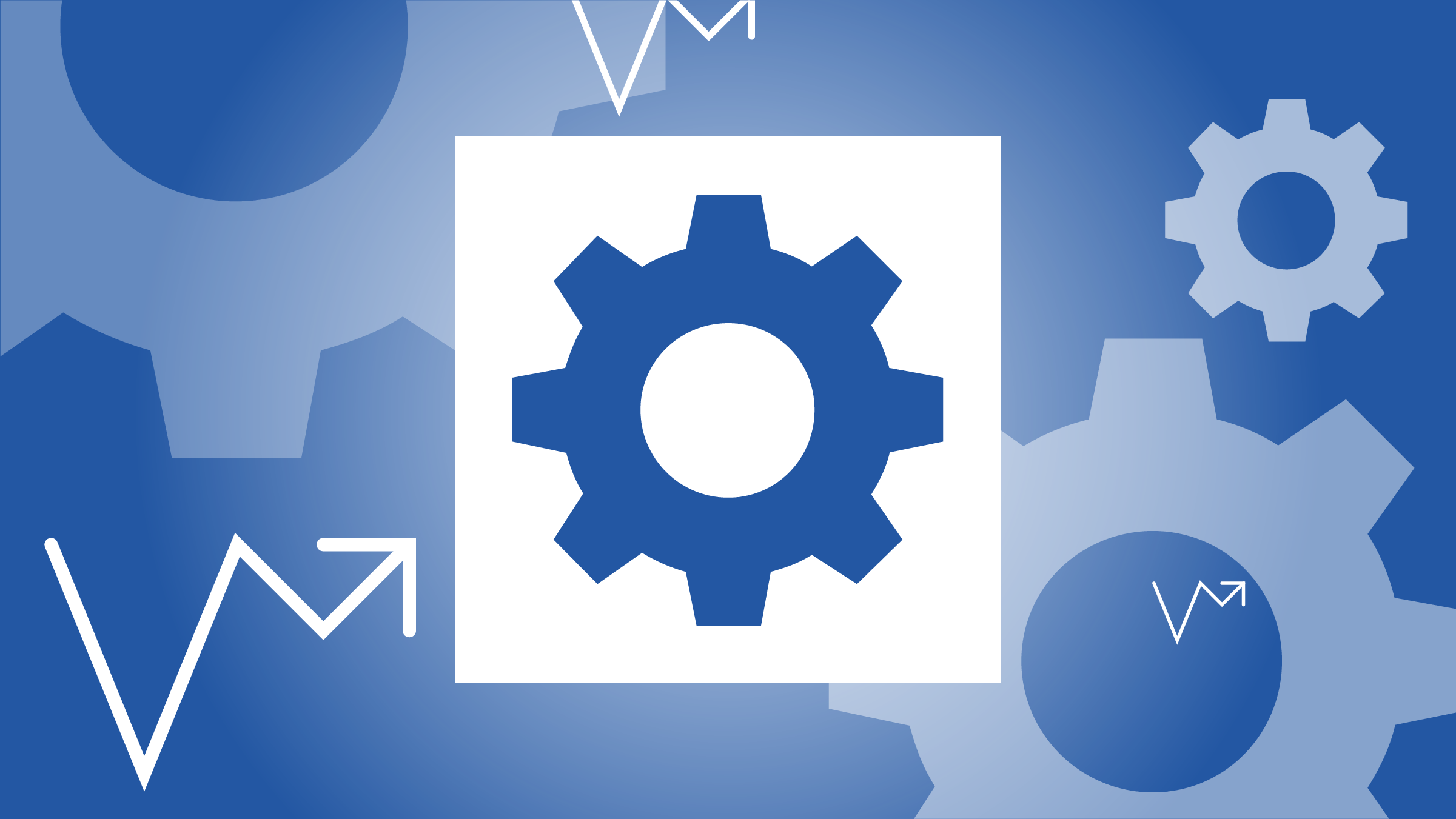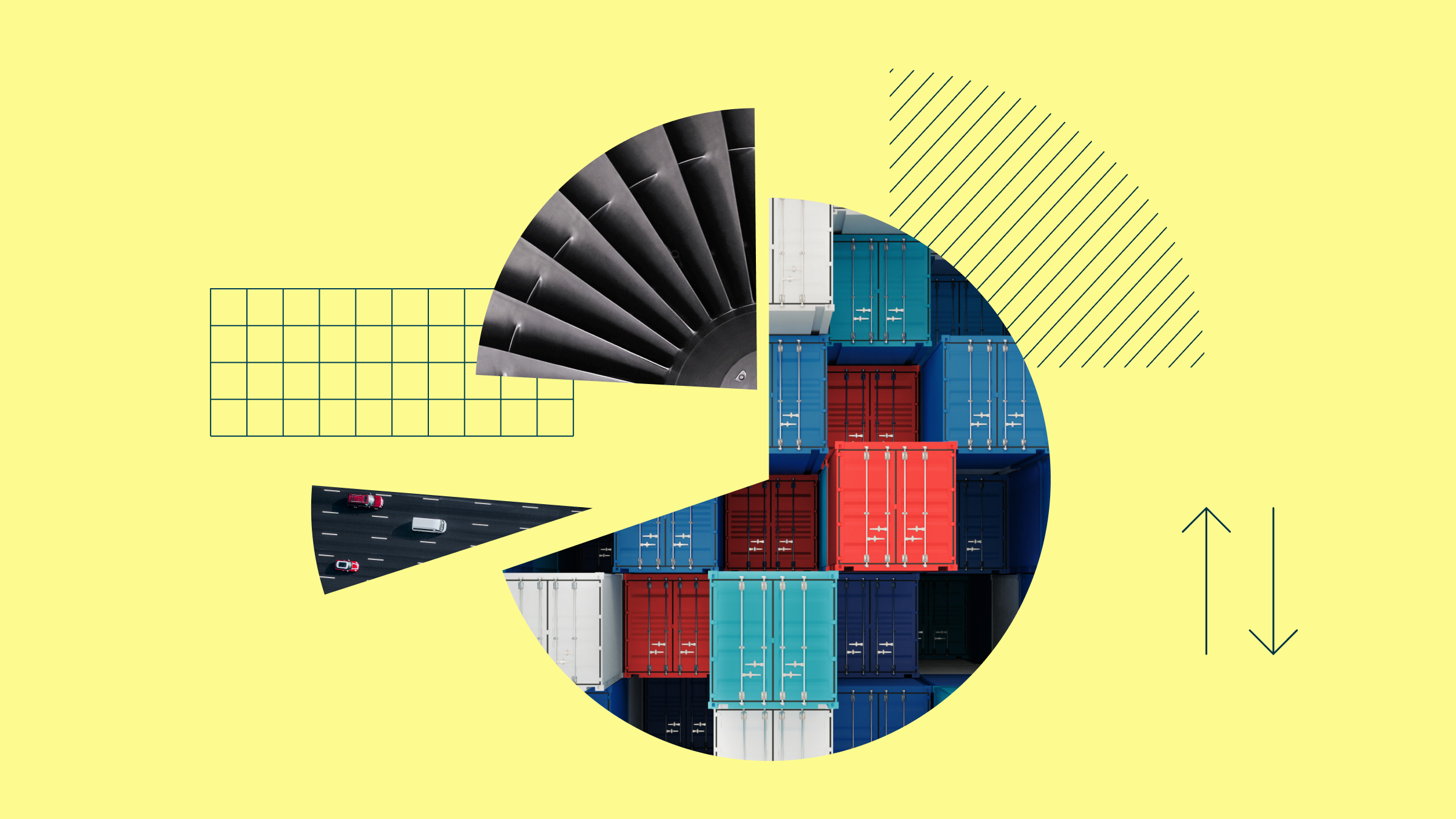Rolle im Portfolio
Lyxor ETF DAX provides exposure to German large-capitalisation equities, and can be used as a core holding for investors looking to build a German-centric portfolio. Despite the fact that all index constituents are multinational companies generating revenue around the world, the DAX is often used as benchmark for the German market. For instance, the largest index constituent, BASF, generated only about 40% of its sales in Germany in 2011. Many other companies also generate less than 50% of their revenue within Germany. As such, this investment can also be seen as a passive play on the pan-European and/or global economy with a German bias. Over the past three years, the DAX has shown a 92% correlation to the widely-held EURO STOXX 50 and an 82% correlation to the MSCI World. This in part reflects the fact that some of the largest constituents of the German index, such as Siemens and BASF, are truly global players that compete worldwide in sectors like industrial materials, financial services and automobile manufacturing.
Lyxor ETF DAX can also act as a tactical tool to overweight German equities within a diversified portfolio. However, it is important for investors to examine the index’s constituents. Like many single country indices, the DAX is fairly top heavy, with the top 10 constituents accounting for almost 70% of its value. The largest holding is BASF, which accounts for about 9.9% of the portfolio. The financial sector, consisting mainly of Allianz, Deutsche Bank and Munich Re accounts for almost 20% of the index. Investors outside of the eurozone looking at this euro-denominated fund should be aware of currency risk. A weakening euro, as witnessed in early 2010 and late 2011/early 2012 during the sovereign debt crisis, will weigh on the return of the fund in the investor’s home currency.
Fundamentale Analyse
After months of relative calmness, Europe’s sovereign debt crisis has recently regained momentum. Spain has slipped back into recession for the second time in two years and concerns are growing that Italy could be the next victim. Doubts about the future of the single currency have added a negative tone to the regional as well as the global economic outlook.
Increased uncertainty over the prospects for the Eurozone is evident in the recent volatility of the DAX Index. The one year trailing volatility for the DAX Index has more than doubled from its nearby low of 13.6% in July 2011 reaching 30.7% in June 2012, representing the largest spike amongst major European equity indices. By way of comparison, volatility for the FTSE 100 Index increased from 12.0% to 21.1% during the same period.
Germany is the largest economy in Europe and is often referred to as the economic engine of the Eurozone. The country is home to well known multinational companies representing big brands like Siemens, BMW, and Daimler. Germany’s exports currently account for about one third of GDP, making Germany the second largest exporter in the world. However, this makes the export-oriented country particularly vulnerable to the shifts in the health of the global economy, and in particular to the US and Asia, its main trading partners. Eurozone exports to the US and China grew by about 10% y/y in Q1 2012. Going forward however, Germany’s exports could suffer from a weakening global economy. China’s GDP growth forecast has been revised downwards over the last few months and Deutsche Bank (DB) currently expects the economy to grow by 7.9% in 2012, reflecting an increasingly negative outlook. In addition, the forecast US growth rate has been revised downwards to 2.3%. Despite the weak economic outlook within the Eurozone and the rest of the world, Germany’s GDP forecast was recently revised upwards to 0.8% by DB. However, the latest ZEW-Index, a leading indicator for the health of the German economy, dropped by 27.7 points to -16.9, the largest decline since October 1998.
Companies in the basic materials sector, the largest sector in the index, generally operate in a highly cyclical environment and are subject to fluctuating commodity prices. Rising raw material costs can put pressure on these firms’ margins and dampen demand. At the same time, the ongoing debt crisis will likely put further pressure on the Euro, and a weaker currency could support exports. In fact, Germany’s exports rose by 6% to €275.3bn in Q1 2012; while the Euro slipped by 2.5% versus the US dollar.
Consumer goods companies, representing the second largest sector in the index, will depend more on the strength of the domestic German economy. Low unemployment (5.4% in April) due to a 0.5% q/q growth in employment in Q1 2012, and low inflation (2.2% vs. 2.4% in the Eurozone) will serve to support consumer confidence. In fact, Germany’s volume of retail trade continues to increase with
The DAX’s current P/E ratio of 13.5 is slightly above its trailing 12-month P/E ratio of 12, and represents a large discount to its trailing 10-year P/E ratio of 25.3.
Indexkonstruktion
The DAX index comprises the 30 largest companies trading on the Frankfurt Stock Exchange and represents approximately 80 % of the free-float adjusted market capitalisation of the Prime Standard Segment. The value of the DAX is based on free-float market capitalization and trading volumes. The weighting of an individual constituent is limited to 10% of the index’s value. The index weightings are reviewed quarterly and the index’s composition is reviewed once a year in September. The DAX is one of the few major country indices that is calculated on a total return basis, i.e. dividends are constantly reinvested into the index. Basic materials is the primary sector represented, with 23% of the index's value, followed by consumer goods (18%), financials (17%) and industrials (14%). BASF is the largest component of the DAX with a 9.9% weighting. Rounding out the top three constituents are Siemens and Bayer.
Fondskonstruktion
Lyxor ETF DAX uses the swap-based replication method to track the performance of the DAX total return index. To achieve this performance, the fund holds a basket of European blue chip shares and enters a swap agreement with a counterparty, which more often than not is Societe Generale. The counterparty then gives away the performance of the DAX in exchange for the performance of the fund’s holdings. According to UCITS III regulations, individual counterparty risk exposure is limited to 10% of the fund’s NAV at any point in time. According to UCITS III regulations, individual counterparty risk exposure is limited to 10% of the fund’s NAV at any point in time. According to our research, the OTC swap is not collateralised, which effectively exposes the investor to a loss of up to 10% of the NAV if the swap counterparty defaults. However, Lyxor is now committed to target zero swap exposure on a daily basis and is also considering the virtues of adopting an overcollateralised structure. Lyxor does not currently engage in securities lending, which helps to minimise overall counterparty risk.
Gebühren
At 0.15%, this fund’s total expense ratio is at the middle of the range for ETFs tracking the DAX index.
Alternativen
The DAX is one of the most successful benchmarks tracked by ETFs in Europe, so there is no scarcity of ETF alternatives for investors. Providers including db x-trackers, iShares, Source, ETFLab and ComStage offer DAX ETFs, although at lower total expense ratios (ranging from 0.12% to 0.17%). Among all these funds, iShares DAX (DE) remains the most popular with currently EUR 11.1 billion of assets under management and a TER of 0.16%. It is also the most heavily-traded on the Frankfurt Stock Exchange as measured by the 3-month average daily trading volume, a key (but by no means comprehensive) measure of liquidity.
Alternatively, income-seeking investors could take a look at ComStage ETF DAX FR or ETFLab DAX Inc, which distribute dividends to fund holders. Of course, it is important to keep tax considerations in mind as dividend income is typically taxed at a higher rate than capital gains. Both funds’ expense ratio is 0.15%.

















